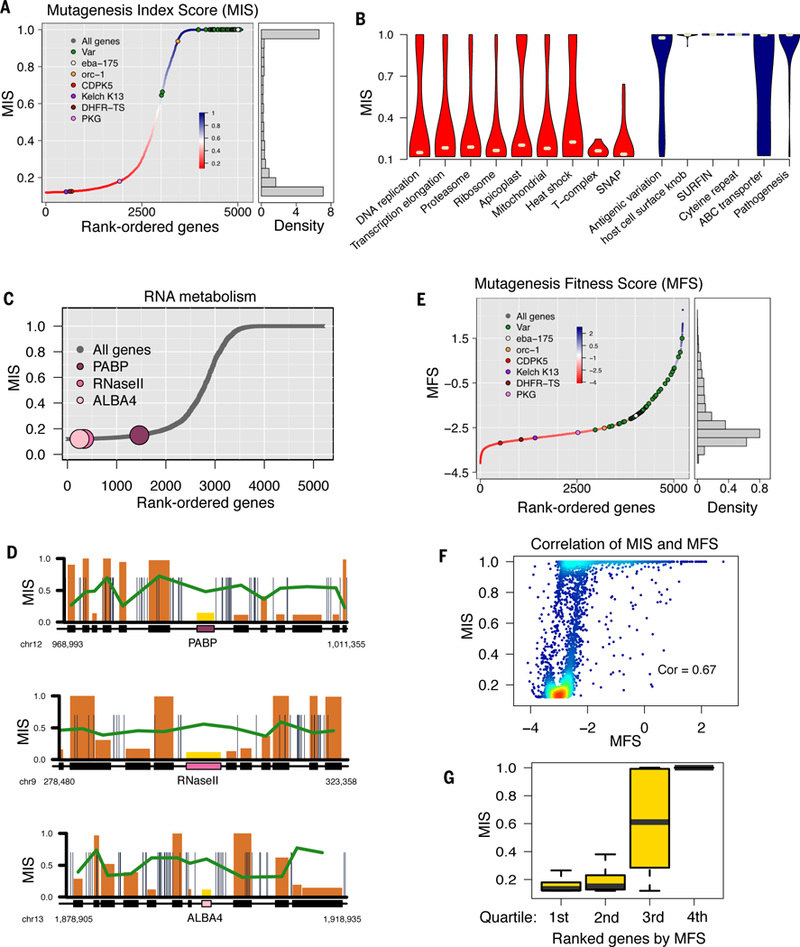Fig. 2. Identification of dispensable and essential genes through Mutagenesis Index Score (MIS) and Fitness Score (MFS).

(A) The Mutagenesis Index Score (MIS) rates the potential mutability of P. falciparum genes based on the number of recovered CDS insertions relative to the potential number that could be recovered. Genes known as dispensable or essential are highlighted. (B) MIS violin plots of GO processes grouped from lowest to highest dispensability, according to gene functional annotations. (C) MIS plots and (D) high-resolution chromosome maps highlighting important genes of interest for RNA metabolism [−20kb, +20kb] (see also fig. S4 for MIS plots of other genes of interest. (E) The Mutagenesis Fitness Score (MFS) estimates the relative growth fitness cost for mutating a gene based on its normalized QIseq sequencing reads distribution. (F) MIS has significant correlation to MFS (Pearson’s R = 0.67, p < 2.2e-16 compared with permutation). (G) The first and second MFS quartiles were comprised primarily of non-mutable genes, the 4th quartile was comprised mostly of mutable genes, and 3rd quartile had nearly equal numbers of both.
